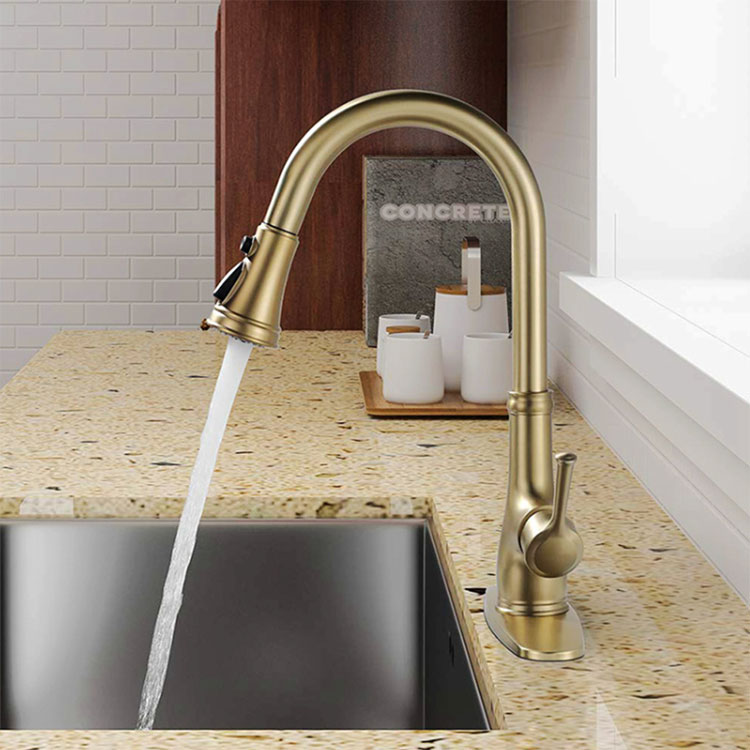
- English
- Español
- Português
- русский
- Français
- 日本語
- Deutsch
- tiếng Việt
- Italiano
- Nederlands
- ภาษาไทย
- Polski
- 한국어
- Svenska
- magyar
- Malay
- বাংলা ভাষার
- Dansk
- Suomi
- हिन्दी
- Pilipino
- Türkçe
- Gaeilge
- العربية
- Indonesia
- Norsk
- تمل
- český
- ελληνικά
- український
- Javanese
- فارسی
- தமிழ்
- తెలుగు
- नेपाली
- Burmese
- български
- ລາວ
- Latine
- Қазақша
- Euskal
- Azərbaycan
- Slovenský jazyk
- Македонски
- Lietuvos
- Eesti Keel
- Română
- Slovenski
- मराठी
- Srpski језик
-

Quality Assurance
Our kitchen and bathroom products undergo rigorous quality control to ensure each item meets the highest standards.
-

Innovative Design
Our products are not only practical but also feature innovative designs that cater to both aesthetic and functional requirements of our customers.
-

Excellent Customer Service
We provide comprehensive customer support, including pre-sales consultation and after-sales service, to ensure a seamless customer experience.
-

Competitive Pricing
We offer our products at reasonable prices, providing an excellent value for money proposition to our customers.
Featured Products
ABout US
News

The height of the shower head from the ground
Shower is essential in home life to meet people's shower requirements, so choose good quality and install to the right height. And the height of the shower from the ground.

How to choose Luxury Modern Bathroom Faucets for Your New Home?
The most critical part of the basin faucet: the cartridge. For the , the cartridge is like the human heart. The quality of the cartridge directly determines the life of the faucet. The number of times we touch the faucet every day is estimated to be at least dozens of times. To make the faucet durable, we must rely on it.

How to Choose a Good Quality Bathroom Basin Faucet?
Bathroom faucet is one of the important items in every family, it affects our lives. A good faucet can even accompany you for 5-10 years. Therefore, for the new house decoration, you must choose the faucet carefully. Let me tell you how to choose a faucet.
























